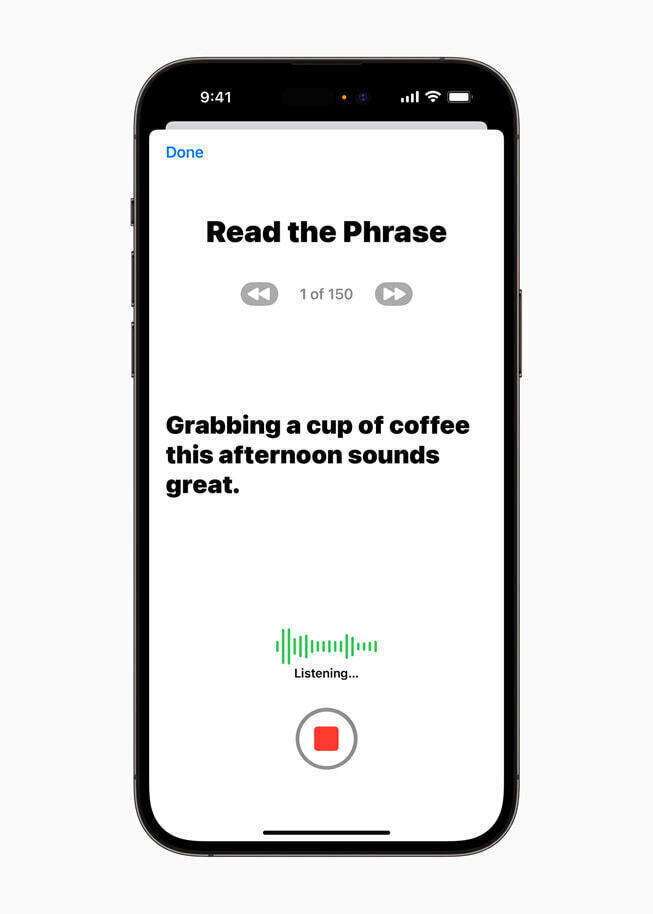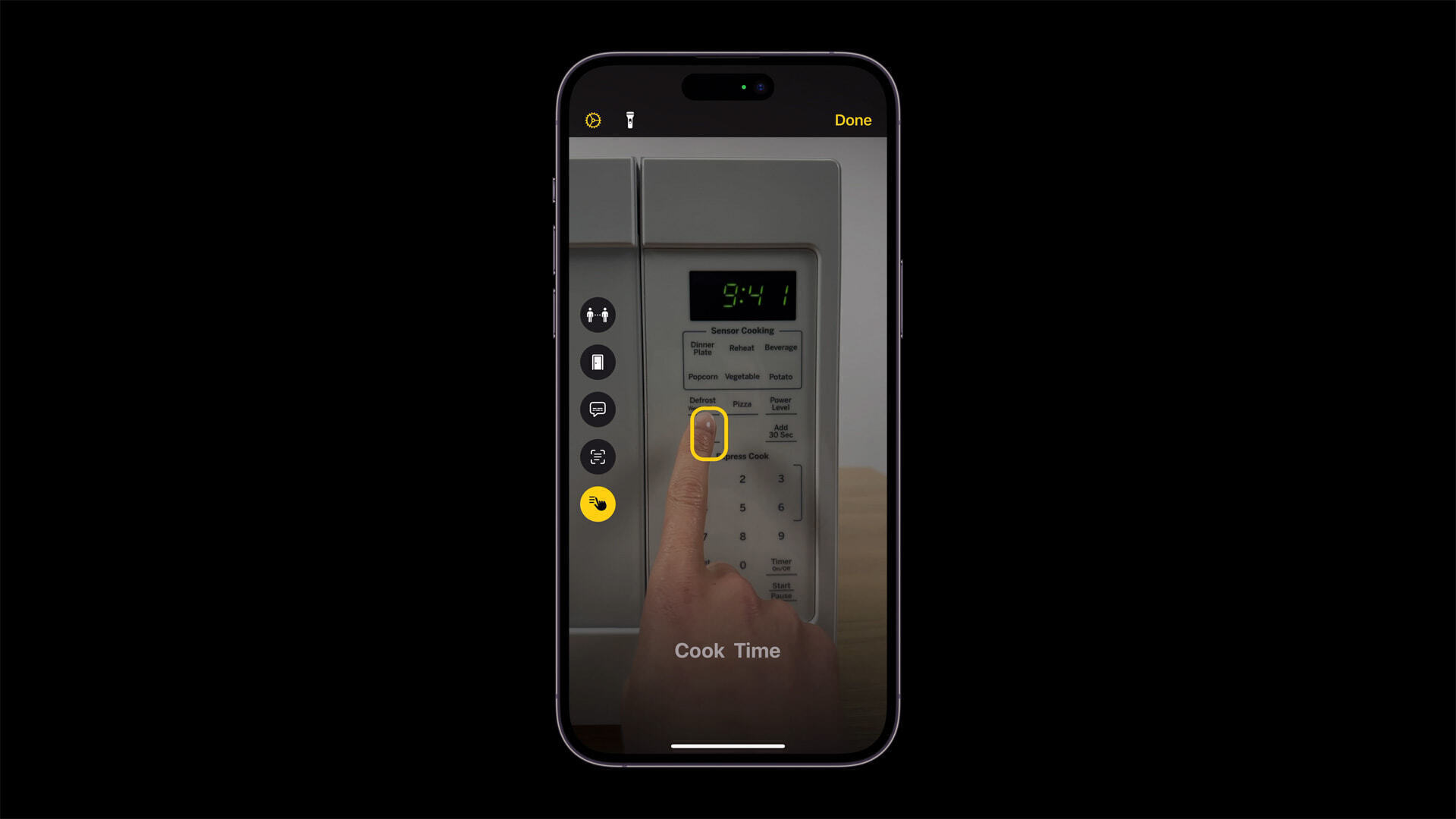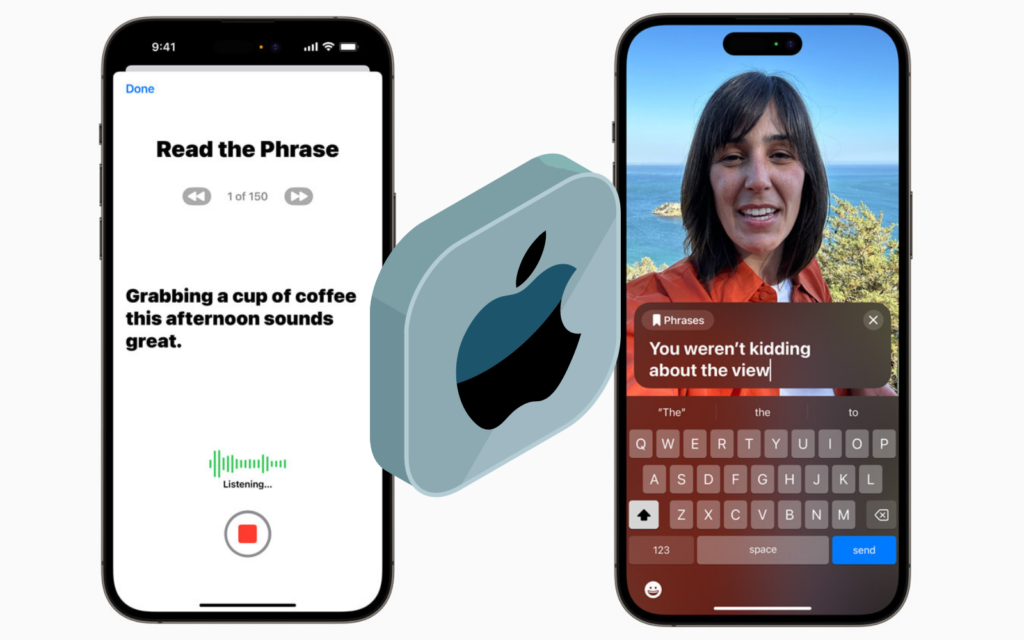Apple this week announced a range of accessibility features including Live Speech and Personal Voice which lets users train their devices to recreate their voices. You know, in case you lose your voice or are simply not in the mood to move your lips.
The new features are aimed at making life easier for users with speaking and seeing impediments.
Live Speech allows users to type what they want to say during a live call. The device then translates this to speech in real time. Using Personal Voice, users can train the software to learn their voices so the person on the other side hears a synthesized voice that sounds like them as opposed to a generic random voice.

Apple says users can train the software in just fifteen minutes by reading a set of text prompts. So if you feel the flu coming, have a dentist’s appointment, or had a night that’s taken a toll on your voice, you’ll have enough time to train it so you can continue ‘speaking’ after your vocal abilities depart.
Read More: Apple’s Siri reportedly has few friends inside the company, low potential as a viable AI
Point and Speak, designed for users who are blind or have low vision, identifies and reads out text on a range of physical objects including household appliances.
“For example, while using a household appliance — such as a microwave — Point and Speak combines input from the camera, the LiDAR Scanner, and on-device machine learning to announce the text on each button as users move their finger across the keypad,” says Apple.

The features will be available later this year on iPhone and iPad. Apple says the features, which were designed in consultation with organisations that represent people living with disabilities, are designed to offer more independence.
There’s more. In celebration of Global Accessibility Awareness Day on 19 May, Apple will introduce new features designed to improve accessibility.
“Shortcuts adds Remember This, which helps users with cognitive disabilities create a visual diary in Notes for easy reference and reflection,” it says.
Sign Time, a service that uses video to connect users to a sign language interpreter, will launch in Germany, Italy, Spain, and South Korea on 18. It’s already available in the U.S., Canada, the U.K., France, Australia, and Japan.




